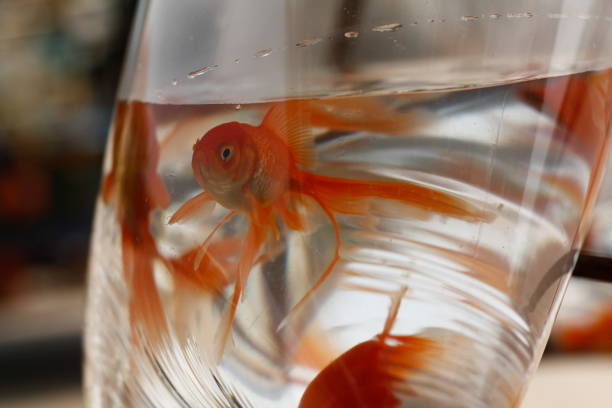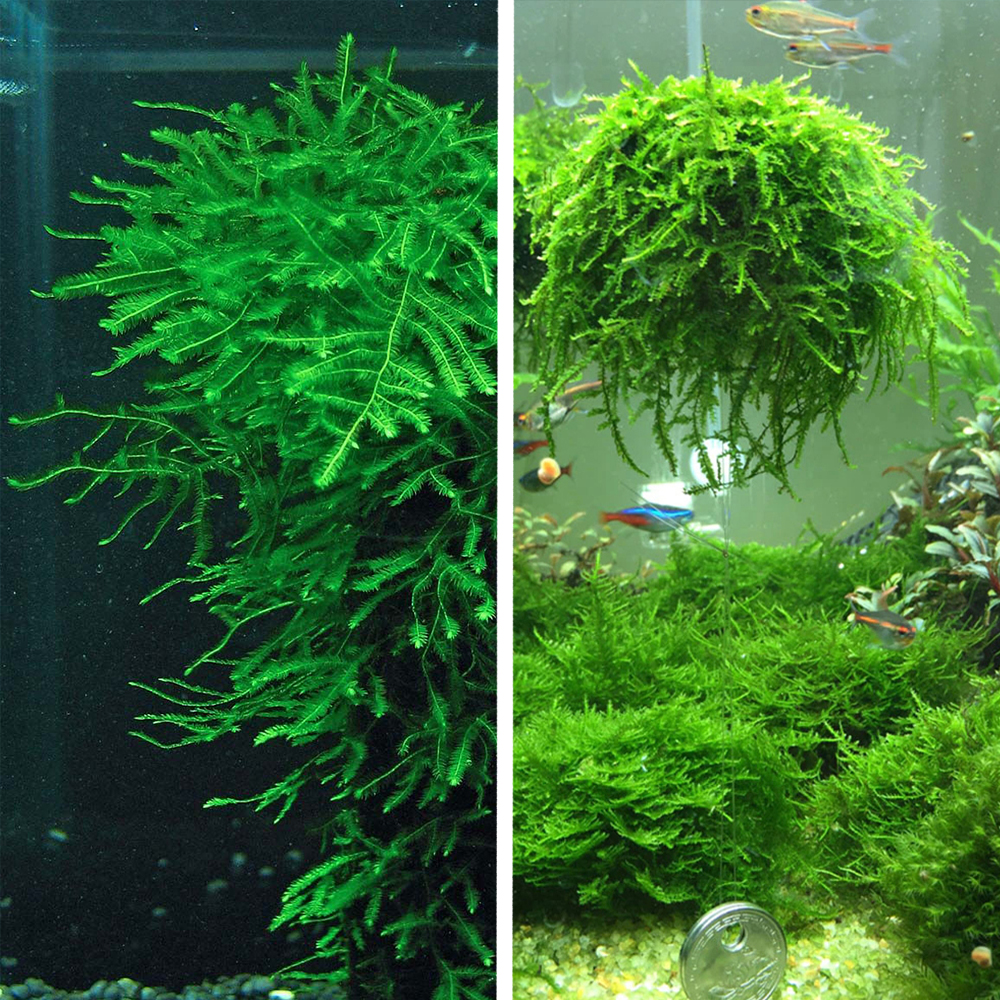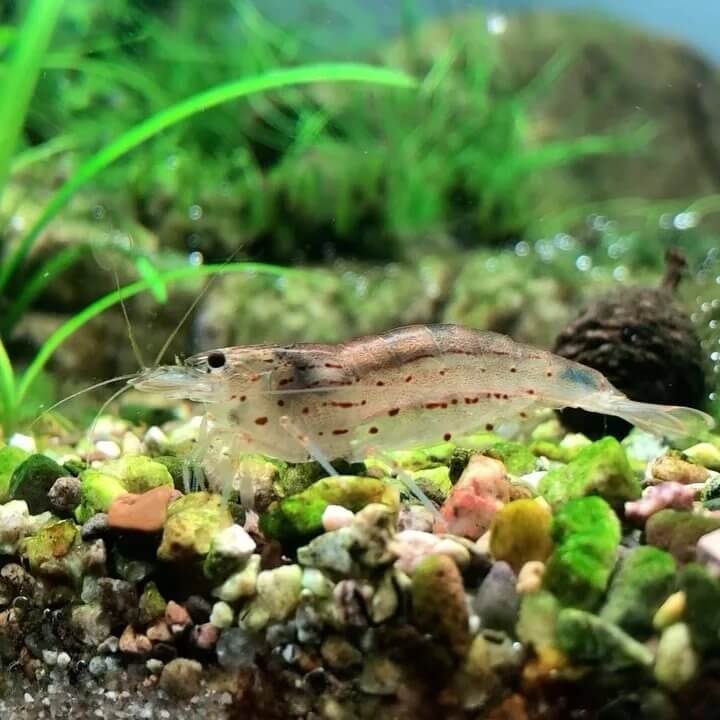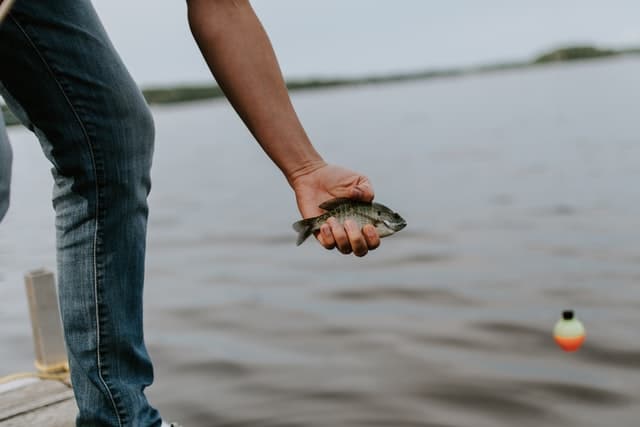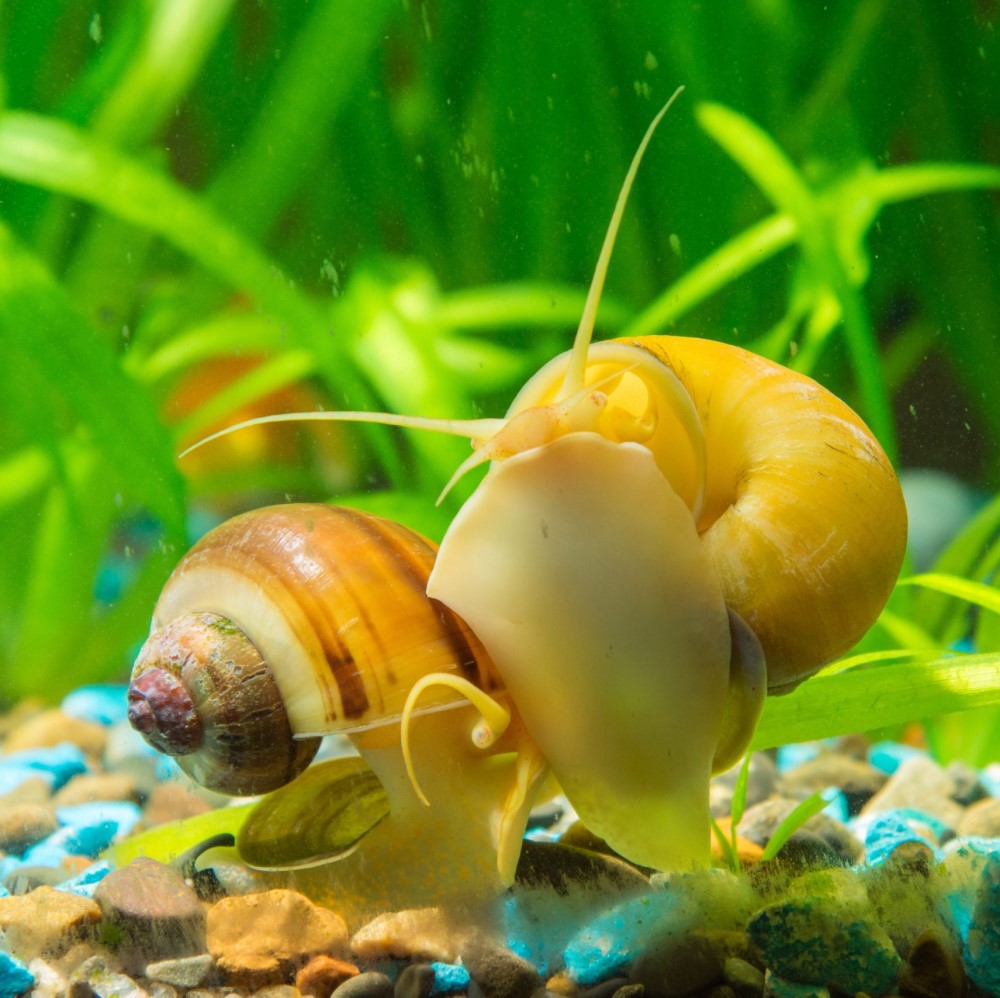

Aquarists are bizarre people: they feel immense joy in owning and caring for tanks full of colorful and lively aquatic life forms. Thinking about them, feeding them, and constantly taking care of them. These people love seeing their fish transform and become more beautiful and amazing. For hours and hours, they would remain mesmerized by their sinuous dances in the water. They find it incredibly relaxing.
Does that sound like you too? Or would you like to become one and don’t have space? Then you’d probably be interested in the best fish for 5-gallon tanks.
There are small fish for a small aquarium: they are so tiny that they don’t need much space and would easily sit inside a tank. We will make you a very short, selective list containing only the best, most beautiful, and fun aquatic creatures to care for. We’ll also tell you what size they can grow to, their life expectancy, the required water type and temperature, their diets, temperaments, and breeding difficulty.
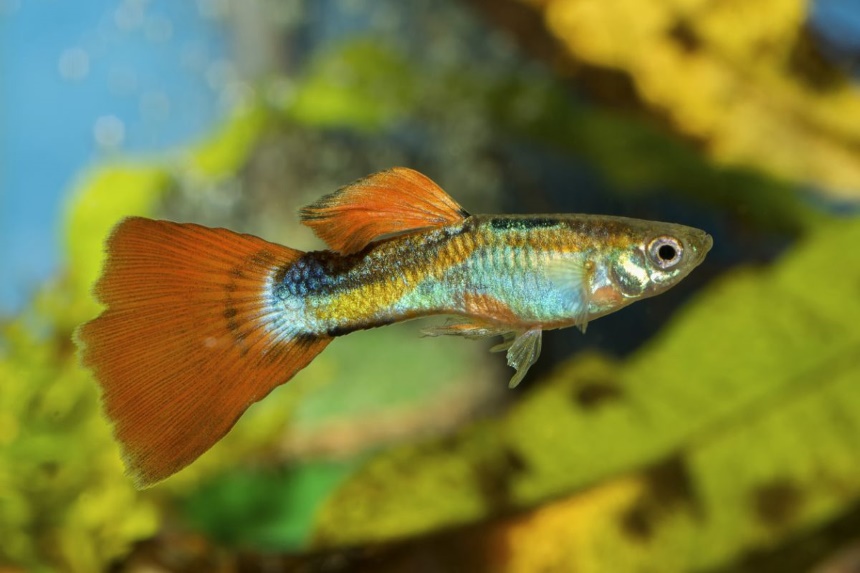
Guppies are among the most colorful freshwater tropical fish Trusted Source How to Care for Guppies: 13 Steps (with Pictures) - wikiHow Guppies are one of the most colorful tropical freshwater fish in the world. They are small and relatively easy and inexpensive to take care of. They are a great fish to start with when beginning to build an aquarium, or learning to care… www.wikihow.com in the world. They are small, and they require little care and money. They are excellent fish to build an aquarium or learn how to care for fish. Your fish will thrive with a well-adapted aquarium, good nutrition, and care.
The guppy is a tiny and exciting fish that can live comfortably inside your five-gallon tank. Just provide an adequate habitat immersed in warm water (paying attention to the right aquarium temperature is necessary to ensure its well-being).
Like the betta, the guppy can also be found in different colors, one more unique than the other: their tails are beautiful to observe. If you choose to have more than one in your tank, the aquarium will become so beautiful that it will catch the eye of anyone who passes by. Two to six is the ideal number for your tank.
It is essential to dechlorinate the water in the aquarium and the water you will add to it in the future.
You should also buy a chlorine test to ensure no chlorine is left in the water before putting your fish in it. Follow the instructions on the bottle.
Tap water almost everywhere contains chlorine. You can use pure, filtered, or distilled water without chlorine, but if you don’t want to take risks, you can test the chlorine level before putting the guppies in it.
Try to keep a pH between 8 and 10 in the aquarium, guppies like a high pH, so you need to keep it above 7.5. If you want to raise the pH, you can add powdered coral.
Keep the water between 24 and 28°C. Check out the best aquarium thermometers on the market and install a thermometer in the aquarium to monitor the temperature. best aquarium thermometers. You can buy a small heater for the aquarium if it needs to be heated.
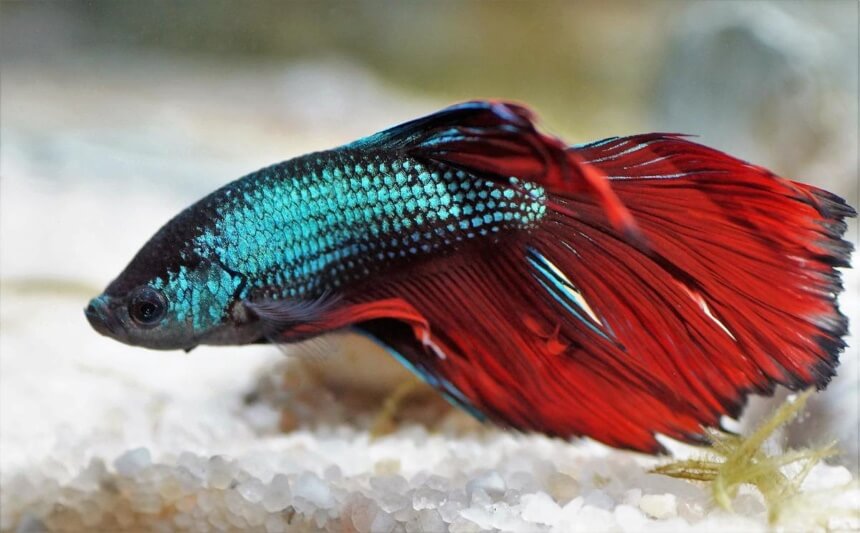
Siamese fighting fish Trusted Source Betta Fish: Facts and Why They're Not 'Starter Pets' | PETA Betta fish suffer greatly in the pet trade. Learn why Siamese fighting fish aren't "starter pets," and find out how you can take action to help them now. www.peta.org , also called Betta fish, is one of the most recognizable species found in the aquariums of both novice and veteran aquarists. The centerpiece of these fish is their extremely vivid coloring, which often adorns the tiny tanks in which they are usually kept, often without companions.
Unlike other fish species, these fighting fish are not inclusive. They fight each other regardless of their gender. Generally, bettas like to swim alone. They need a roomy and comfortable place to hide too. Water caves and dense nooks with plants are ideal for creating environments where the fighting fish can feel safe and be comfortable.
These fish can come in various colors, but blues and reds (dark tones in general) are the most common.
Do not tap on the glass; it will make the fish nervous; instead, wiggle your finger from right to left in front of the fish. However, don’t be afraid to buy a relatively tame fish. The average fighter found in a pet store will have been bred and selected for their ability to deal with the frustrations inherent in pet life.
While cleaning the tank and changing the matter, ensure the clean water is at the same temperature as the dirty one to avoid thermal shock, which could be fatal to your fighter. Use a thermometer to place in the aquarium to monitor the temperature.
The minimum capacity of an aquarium for a fighting fish should be 15-20 liters, and it should have a filter and a system for heating the water. Get one of the best canister filters you can afford. Ensure the filter has the best aquarium filter media (canister-type preferably) for filtration efficiency. Then buy a heater with a thermostat: fighters need temperatures between 24 and 27°C to feel good.
If you live in a cold country or the temperature of your aquarium is lower than the ambient temperature, the heater is a must. You must have seen the Tetra HT Aquarium Heater used in fish tanks. And yes, it comes with an electronic thermostat. You can find mini heaters for aquariums between 3 and 12 liters. During the winter, turn it on or place your aquarium near a heater (about a meter away) so your fish won’t get cold.
A filter is necessary, but be careful that the current is not too strong for your fighter. Remember that long-finned varieties need as little current as possible to feel good. Some experts recommend sponge filters to protect the fins.
Understand what you are getting into. If you take care of your fish correctly, it can live for 10 years. The minimum capacity of an aquarium for a fighting fish should be 15-20 liters (around 5 gallons), and it should have a filter and a system for heating the water. Even if some people have a fighting fish in a much smaller container, sometimes a few liters, do not do this; it is cruel and awful for these animals. In poor conditions, the fish will be unhappy and not live long.

Neon tetras Trusted Source Neon Tetra: Fish Species Profile Often confused with the cardinal tetra, the neon tetra is wildly popular among fishkeepers. Learn about its origins, habitat, feeding, and breeding. www.thesprucepets.com are small tropical freshwater fish native to South America around the Amazon basin. They are calm 5-gallon tank fish that require little maintenance. Novice breeders often choose them. If you have a small tank and don’t want to go wrong, definitely get a Neon (or any other Tetra).
Just like the guppy fish, neon also lives better in a school and, consequently, you will want to buy more than one fish for your tank: a group of five should be enough so that they do not feel alone and live happy as they are pretty friendly fish.
They are most comfortable or often found in black water environment that have a lot of tannins from decaying wood. There is a lot of foliage in their environment, from leaf litters to wood logs as well as aquatic or semi-aquatic plants. There are neon and cardinal tetras that live in rivers with clear water that is filled with vegetation.
Their natural habitat must have water that is acidic and soft, and it is recommended to provide it in the aquarium you’re setting at home. They usually live in running waters, and they need a filter in their water. One of the best aquarium filters for 5-gallon tanks is the AquaCity XINYOU. It’s a corner filter that comes with media.
More than many others, this species is timid, peaceful, and cannot live with bullies. It also needs you to keep its water clear and clean. You will have to change it often to do this. Continuous care is essential.
But you have to prepare the water without the fish. Do this several weeks before putting them in water. This cleans the aquarium and eliminates harmful bacteria that could kill fish. Purchase a water test kit from a pet store. Ensure the water is free of ammonia, nitrite, and nitrate before putting the animals in it.
Don’t forget to add organic matter to the tank. In their natural state, neon tetras live in plant-rich waters. So, install aquatic and semi-aquatic plants purchased from pet stores. You can also put dead leaves and pieces of wood in them to replicate their natural environment.
Tetras prefer slightly acidic waters with a pH between 5.5 and 6.8. Purchase pH test strips from a pet store. Follow the instructions on the label to correctly read the results that appear. Test the pH every time you change the water.
You should keep the fish in a dimly lit environment. In nature, these fish live in murky waters. Keep the aquarium in a relatively dark corner of the house. Buy low-intensity bulbs to create a dim light effect. Plants and other hiding places will also provide shade in the aquarium.
Below are some other fish species you can consider for a 5-gallon tank:
Regardless of its size, an aquarium that mixes several species of fish and/or invertebrates is called a community aquarium or fish tank Trusted Source How to Set up a Community Fish Tank: 10 Steps (with Pictures) Love fish and want to set up a community tank? But don't know what fish should be together? Well, you've come to the right place. Set up your tank. Get a big tank, larger than ideally. But that's just a preferable size, you can choose the… www.wikihow.com . Several factors must be familiar to them in an excellent cohabitation of living aquatic organisms in the aquarium.
Belligerent nature or predation between fish can create real stress in your aquarium or fish tank. This peculiarity of certain fish must be considered in the choice of species and their association.
It will be necessary to avoid combining predator and prey, for example, goldfish, scalar, and small neons or even large fish and shrimp of the genus Neocaridina.
In addition, some species are recognized for their great territoriality and can therefore be infrequently associated with other fish that do not have this same character.
To reproduce a small corner of the Amazon, opt for neon tetras or even small tetras such as the almond tetra, which illuminate the aquarium and are friendly to all species.
Add a pair of dwarf cichlids among the calmest such as Dicrossus filamentosus, which can reproduce in captivity. For the bottom of the aquarium, Corydoras, especially in the smaller species such as C. habrosus, C. hastatus, or Aspidoras spilotus, will ideally animate the lower zone of the aquarium.
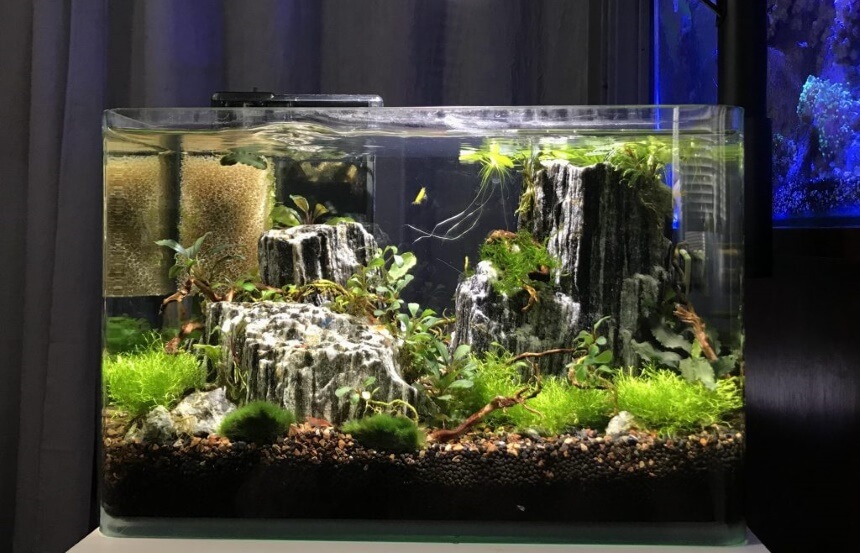
A common rule of thumb is the rule of 1 inch (2.5 cm) of fish per gallon of water. However, this is not always true. A 10-inch fish cannot live in a 10-gallon tank.
This rule works best for communities of small fish, such as tetra, rainbow, platy, etc. Research the fish you want to keep to determine what size tank they need.
We will assume you already have your 5-gallon fish tank. If not, check out and pick one from our list of the best 5-gallon fish tanks.
Now, before you have your fish, you will need to think about everything you need to do to set up its habitat.
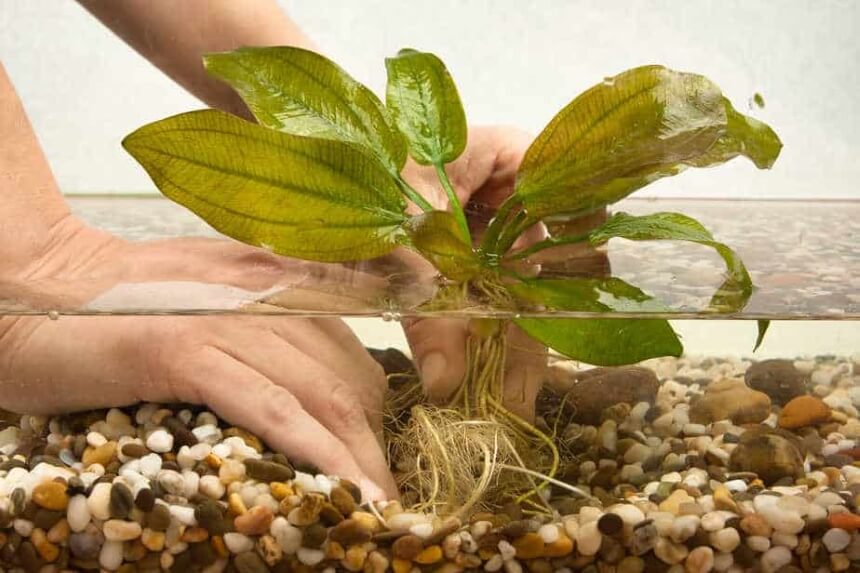
If you decide to install any, you must choose fish that will not take up too much space in the tank. You should also know which plants are not suitable for an aquarium.
If you install plants, ensure they will not be eaten by fish which should be algae eaters. Siamese algae eaters (or black-striped barbels) can live with individuals of other species.
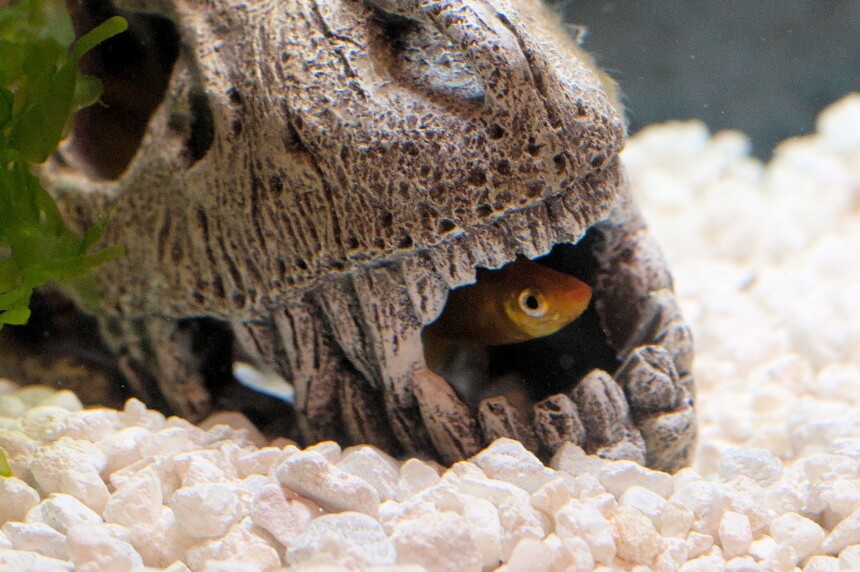
Try to create plenty of places for the fish to shelter and choose plants that your fish species like to live in their natural environment.
Remember that the plants for a freshwater aquarium and those for a saltwater aquarium are very different. Beginner aquarists are advised not to grow plants in their saltwater aquarium, as freshwater plants cannot survive in this environment, and fish very quickly eat saltwater plants. Decorations for a freshwater aquarium may not be suitable for a saltwater aquarium. Instead, install plastic plants and decorative elements in the same material or ceramic in salt water. Do not let pieces of wood float, as they can acidify salt water by releasing tannin.
Choose carefully the small gravel, sand and other materials that you will use to line the bottom of the tank. You must also carefully select the pebbles, small rocks, corals, and other materials you install in the tank, avoiding those that can modify the water’s chemical balance.
You must consider several factors, such as safety, temperature, and accessibility. You must start by ensuring that the plane on which the tank is placed is horizontal and stable. You should put the aquarium where there will be little risk of bumping into it and tipping it over. If you live in an earthquake-prone area, consider securing the tank to a wall or other flat surface so it won’t tip over in an earthquake.
You also need to ensure that the flooring will support the aquarium’s weight. Considering the importance of the tank and its accessories, water, gravel, and all decorative elements, an aquarium weighs about 2.6 pounds per liter.
Choose a piece of furniture with solid side panels rather than legs, so the weight is not distributed over only four points. A sturdy coffee table may do very well with a 5-gallon aquarium, perhaps also with a 10-gallon model.
Ensure the aquarium is never in direct sunlight and is not in drafts, on a doorstep, or near a window. These are places where rapid temperature changes can occur from which your fish should be preserved. Also, be careful not to place the tank in front of or under ventilation, air conditioning, or heating duct.
Think about where you will change the water in your aquarium because you must perform this operation near a tap and a bowl (bathtub, sink, sink, etc.).
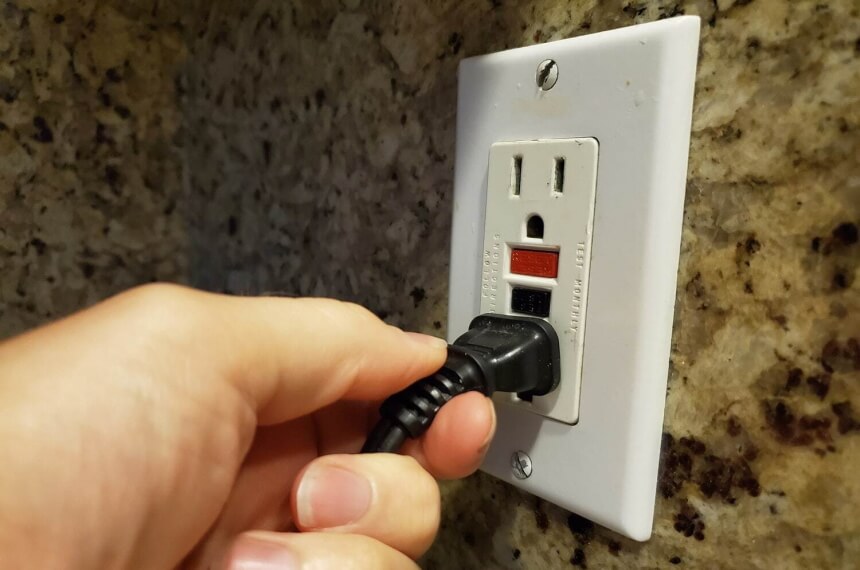
Make a “drip loop” with each cable that goes down and up just before the wall socket to prevent water from running down a cable into the wall socket.
Do not plug the aquarium into an outlet that is not equipped with a GFCI device or protected by a circuit breaker.
Even if you can’t wait to see your fish swimming, you should wait until the environment in the aquarium has stabilized. If you put fish in water that isn’t chemically balanced and doesn’t contain enough good bacteria, you may run into trouble quickly. Ammonia and nitrate levels will rise in a short time, your fish will get sick, and some or all of them will die.
Once the aquatic environment of the fish has stabilized (after 6 weeks), they can be introduced into the water.
Not every aquarium enthusiast has enough space in the house to keep a fish tank. Keep in mind that there are fish tanks of all kinds that can fit on a small shelf in your living room and on a bookcase shelf in your bedroom. Sizes vary, but you can find containers with a capacity of two, three, or even five gallons of water.
Regardless of your intentions and space problems, a five-gallon tank is a minimum to take care of your fish. It doesn’t matter how tiny they are; they still need room to swim freely.
However, the size of the tank isn’t the be-all and end-all of keeping fish. The maximum size the fish can potentially reach is also an important consideration. We’ve introduced you to the best fish for 5-gallon tanks and given you tips on how to combine your fish and how to prepare the environment. If you follow the guide to the letter, keeping your fish in a small tank shouldn’t be complicated.

